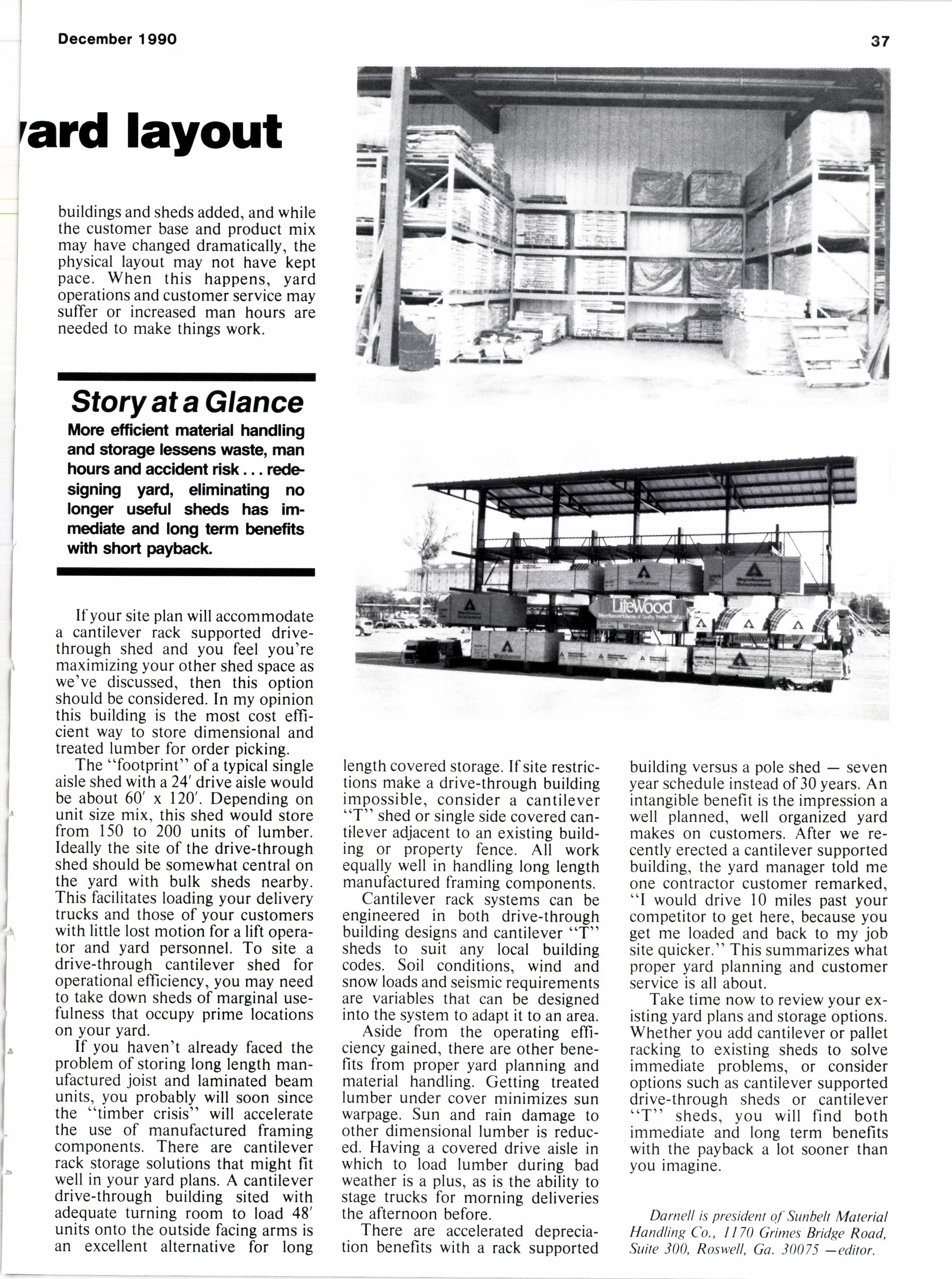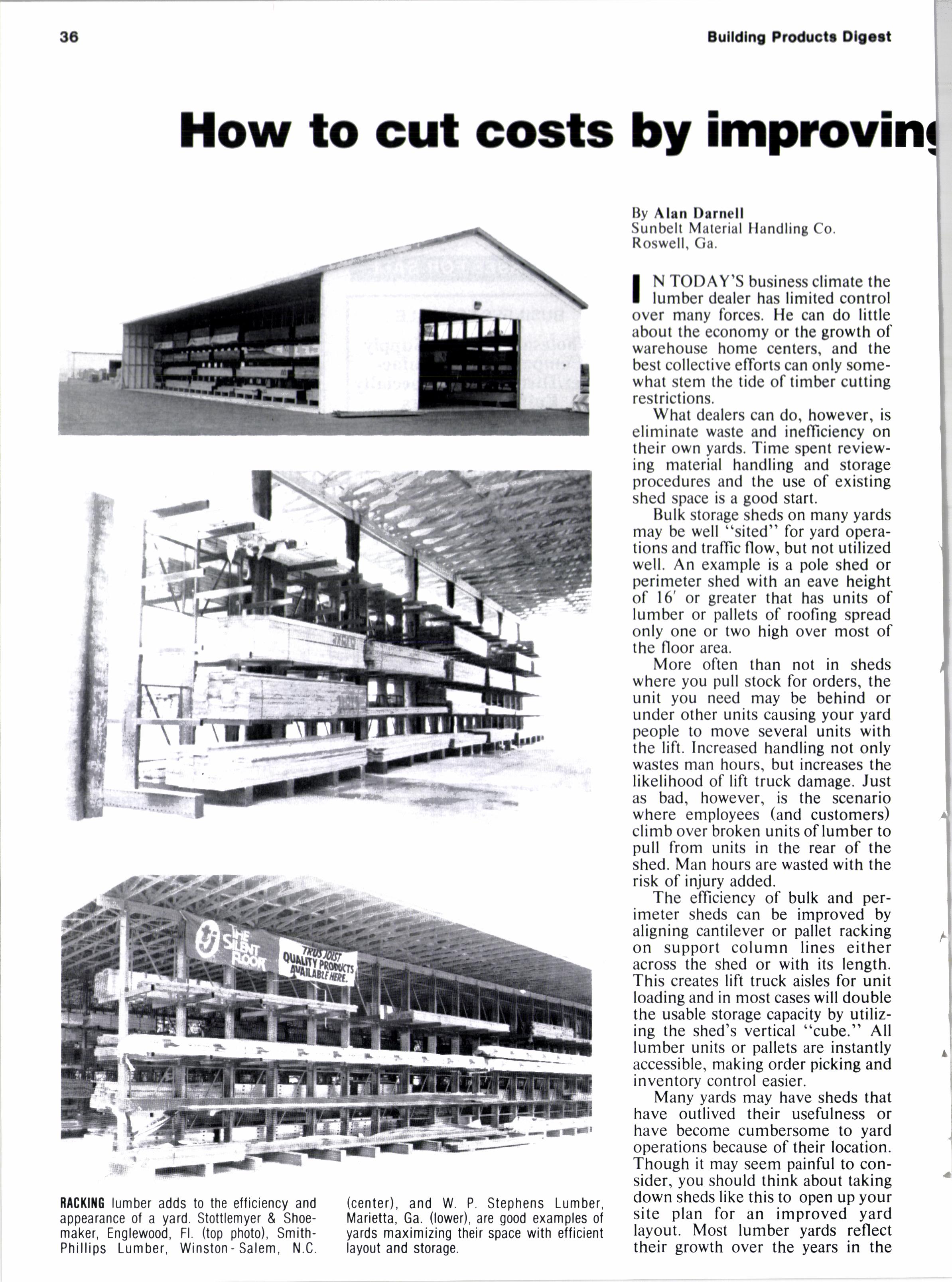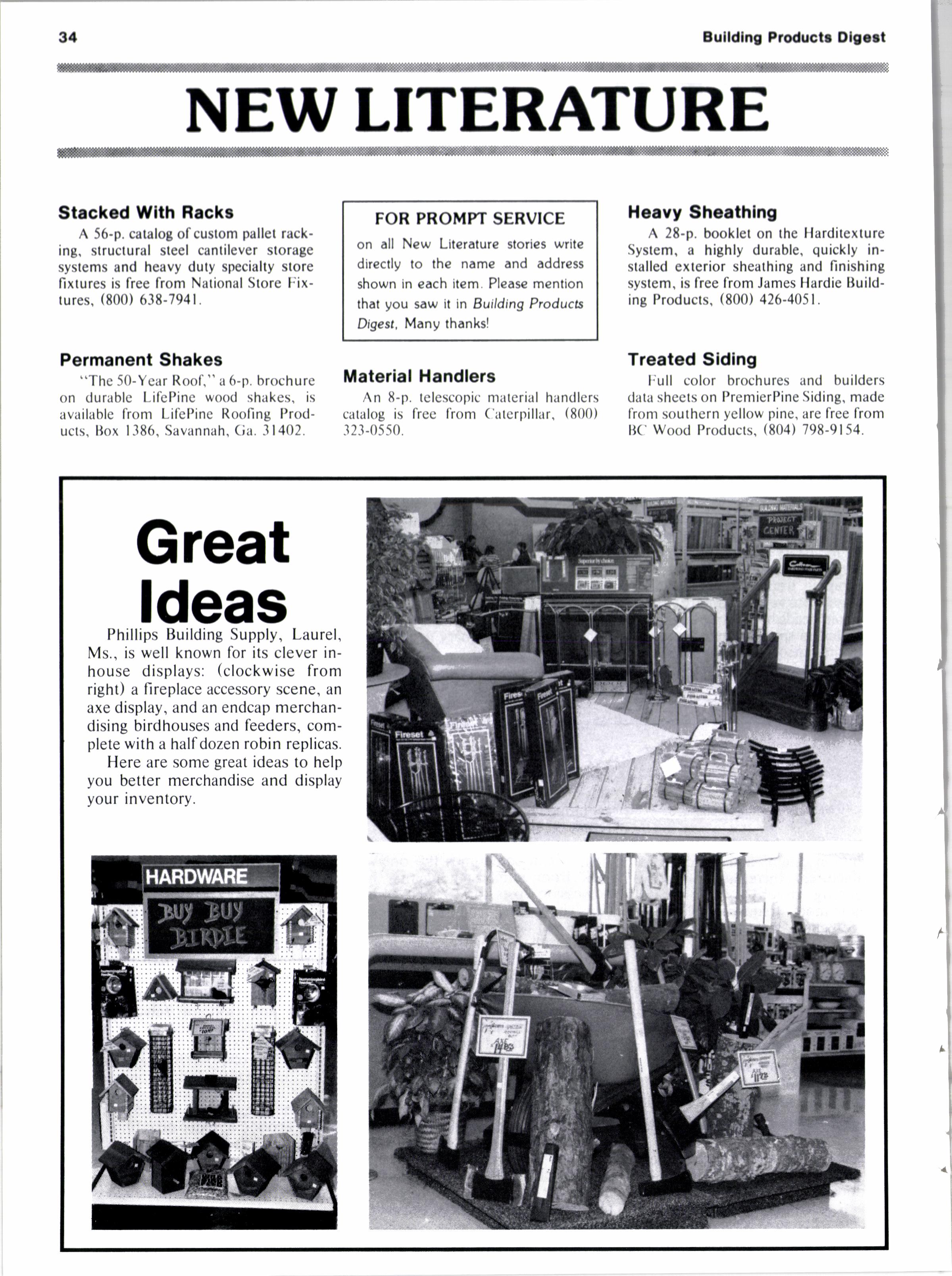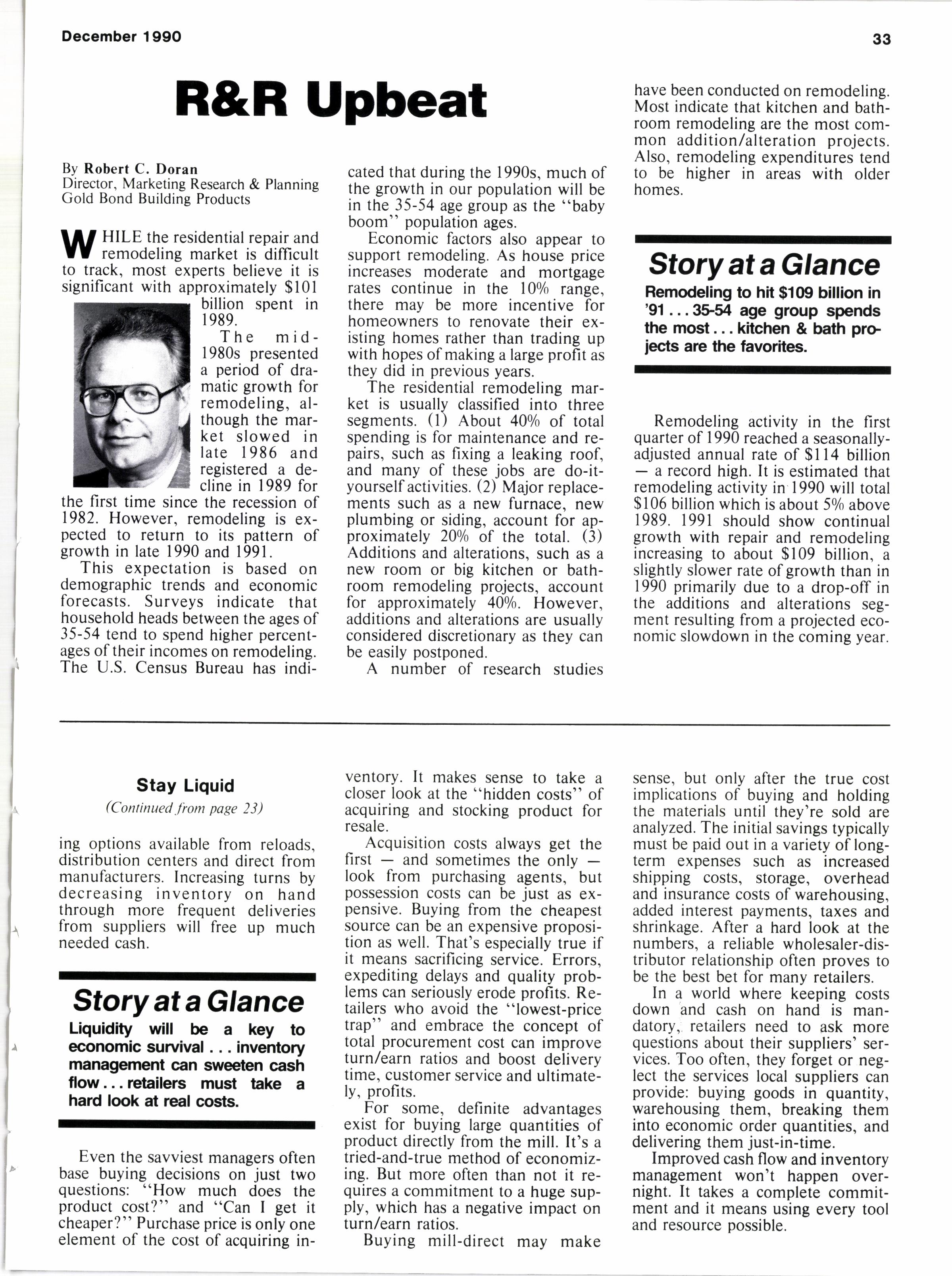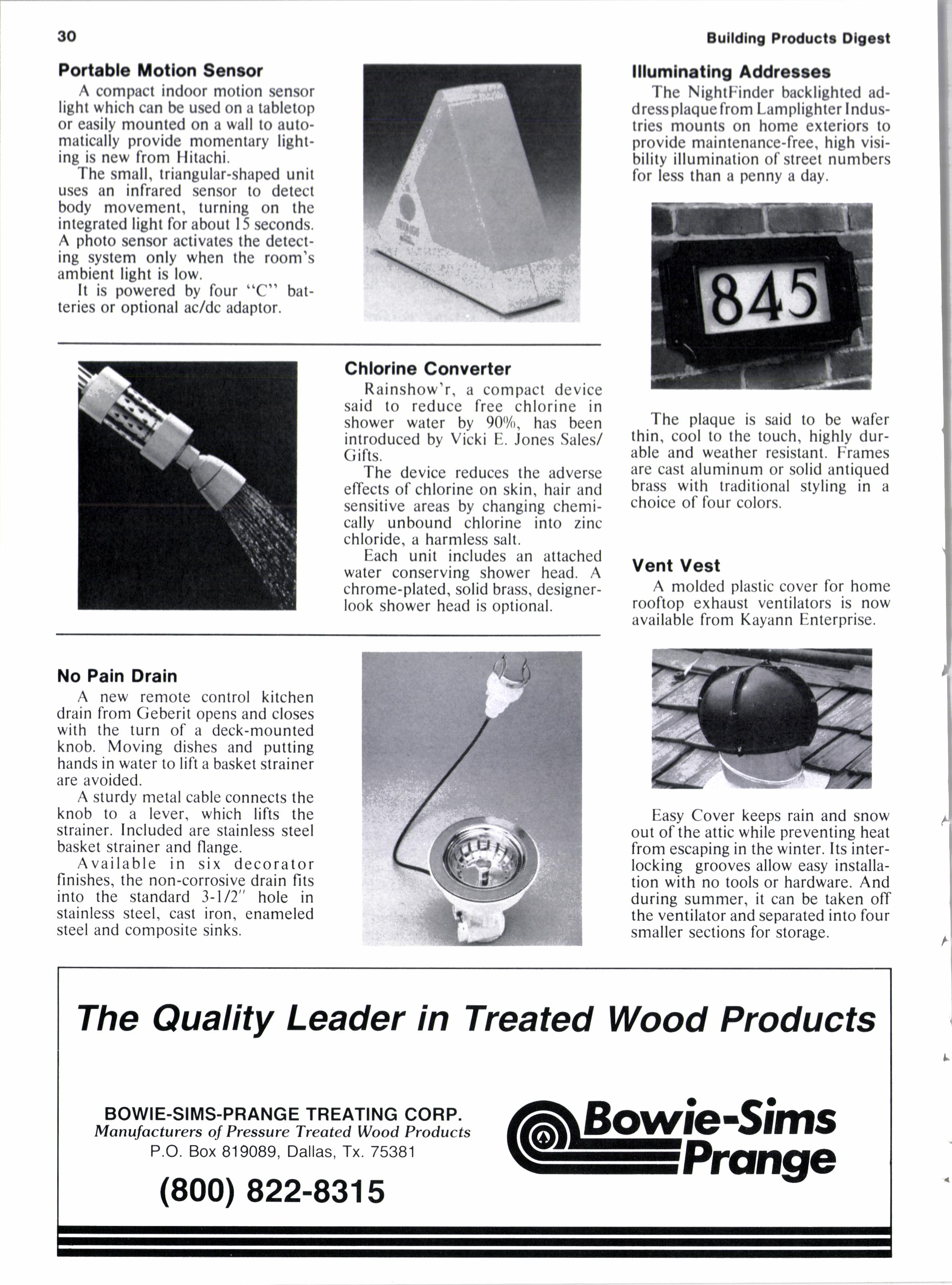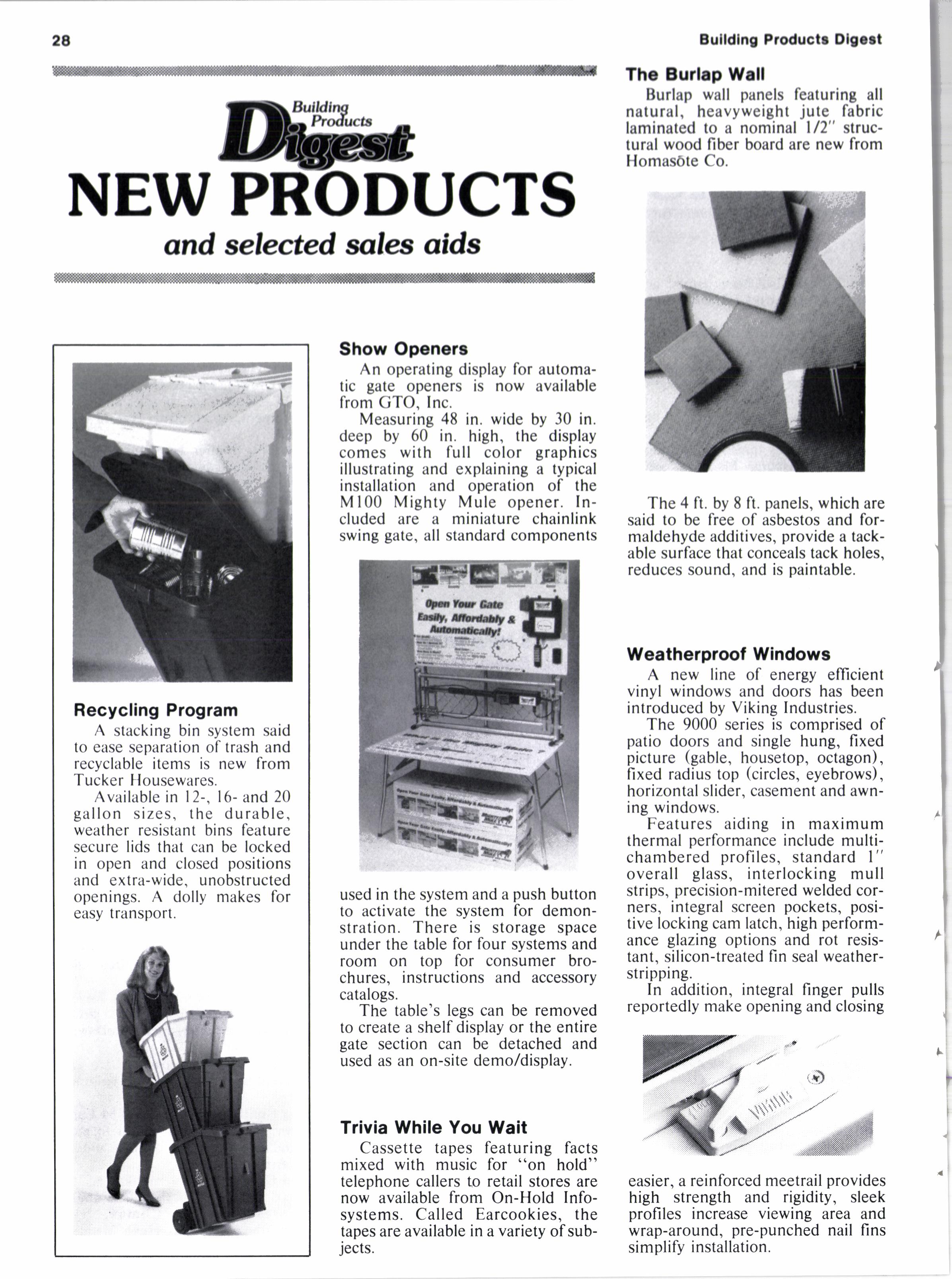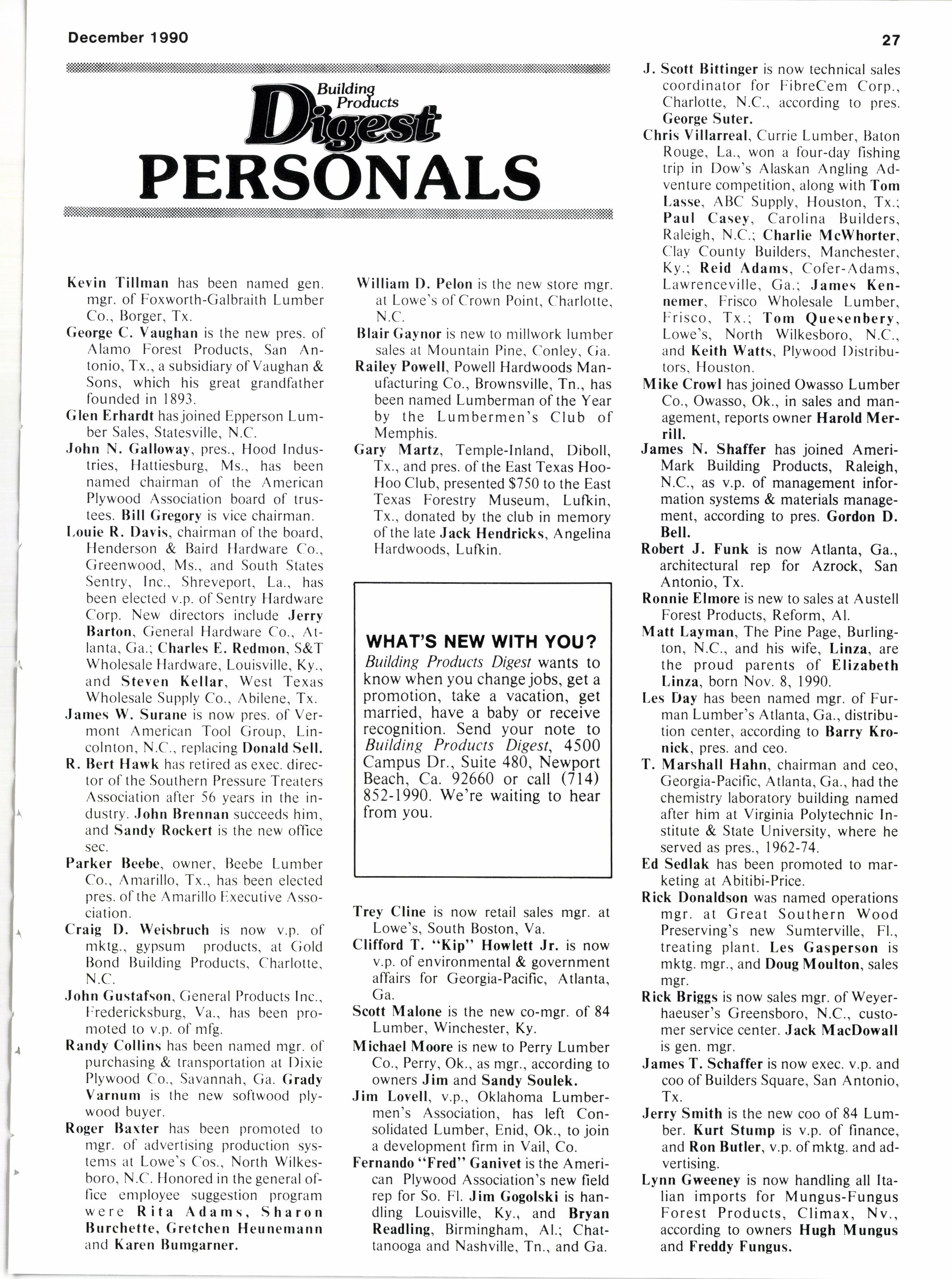
1 minute read
Pluses & minuses
By Edward D. Hester Vice President The Freedonia Group, Inc.
A S WE approach year-end 1990, Fl construction spending remains weak virtually across-the-board, extending a trend that has lasted nearly five years.
Story at a Glane
Housing will prccede a general rcoo\rery. trade up market will partially balance bwer first time horne buyers...long tenn pros' pects for nonresidential construction are mixed.
on new real estate loans from almost every quarter, will tend to slow the housing recovery that normally occurs when mortgage rates subside.
Our forecast assumes that shortterm interest rates will drop meaningfully shortly after the first of the year, but it will take about two extra months for that decline to be reflected in long-term rates. The results will be no housing recovery before June and a slow rate of new growth after that.
Overall, the U.S. economy will go through some tough sledding before returning to a modicum of health. Given an acceptable solution to the Middle East crisis and a stronger U.S. financial community, prospects remain, however, for a much improved longer term economic environment.
Story at a Glance
Subiet to a number of big "ifs" a modest panel market rcoovery is possible in second half '91 .. gradual recovery in nevv rcsidential construction.
Following a stressful near term period, intermediate-to-long term prospects are somewhat brighter. Construction, especially on the residential side, is typically among the first sectors of the economy to recover from a slowdown. Thus, housing starts and residential construction activity are expected to improve before a general recovery is felt. Demographic trends, i.e., fewer individuals entering the prime firsttime home buying ages, will be a built-in growth-constraining factor for home building suppliers through the end of the century. Offsetting this to some extent will be a reasonably healthy trade-up market, as the more prosperous of the aging babyboomers move to more expensive and spacious dwellings. In addition, residential modernization/improvement activity will show strength, as homeowners seek to maximize the value of their investments. and apartment/condo owners and developers work to attract tenants and conform to changing building and safety codes.
Industrial building investment, by contrast, will show good strength after the economic slowdown plays out, propelled by the need to replace obsolete capacity and ramp up to serve growing export markets in Europe and elsewhere. Institutional construction, especially for health care facilities (to serve a growing elderly population) and schools, also holds above-average growth prospects.



